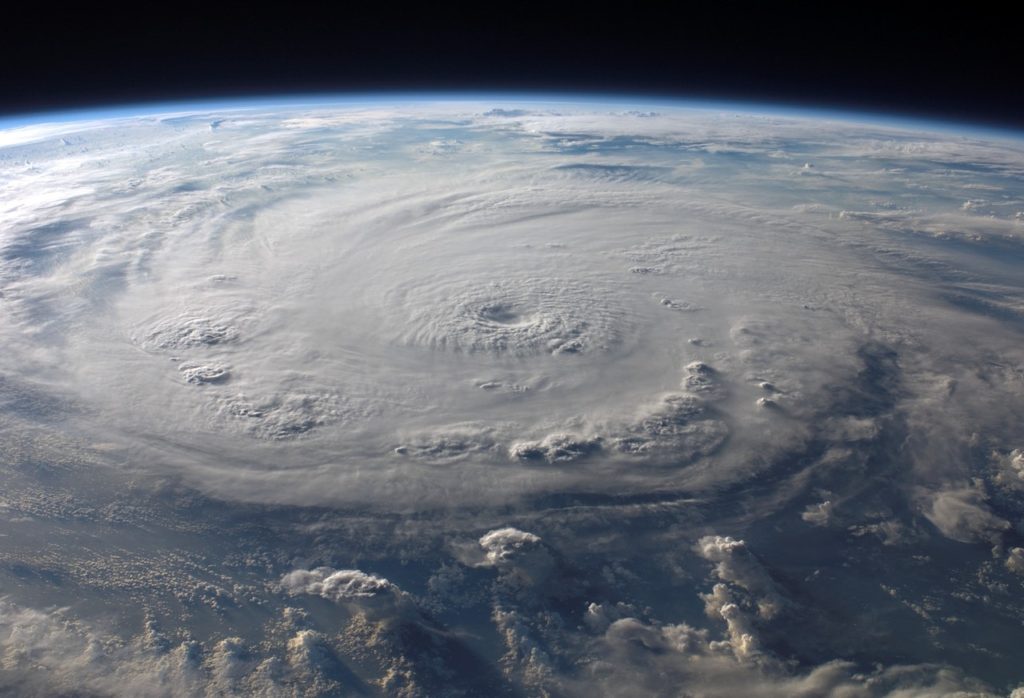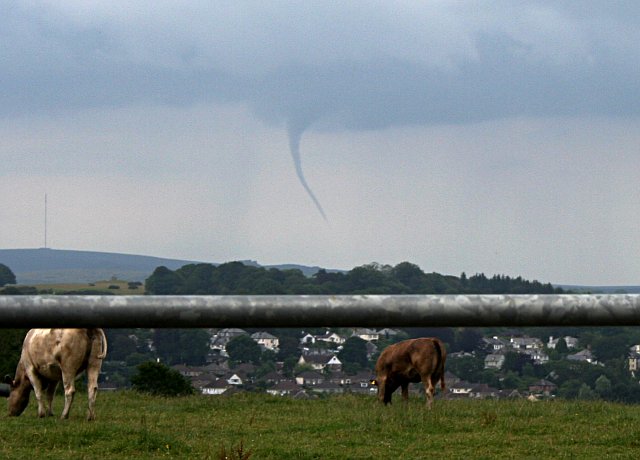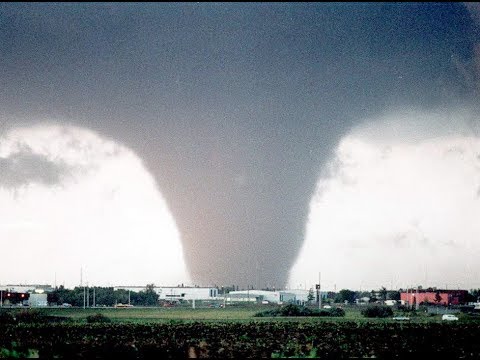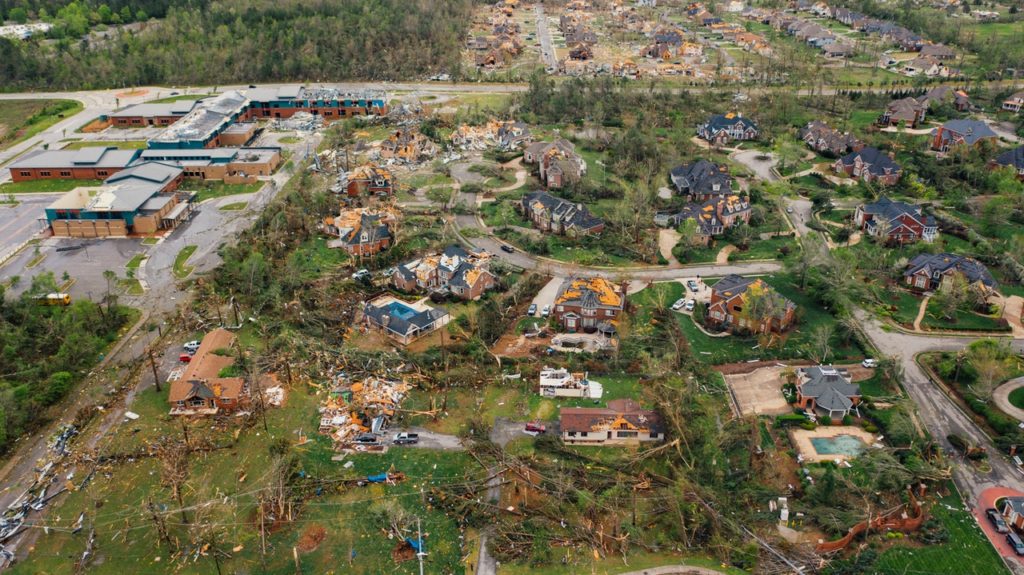How to survive a tornado? It seems like it has to be your lucky day to survive one of these monsters coming your way, but there are some guidelines to follow if you want to put all the chances on your side for this kind of situation.
How do tornadoes forms?

Tornadoes are rapidly formatting columns of air that take place inside of a storm. They then connect to the ground with a funnel of air.
When that happens, they tear apart anything on their way, causing huge damage to life and property. Here are the signs of a tornado coming.
Most are short-lived and have winds of 65 to 110 miles per hour (104 to 177 km/hour). But others can last for more than an hour producing 200 miles per hour winds.
The only thing that can stop them is when one of their feeding sources weakens, making them lose momentum.
How to know a tornado is coming?

A tornado begins with a specially powerful type of thunderstorms called supercells. Reaching up to 50.000 feet, they bring high force wind and hailstones, sometimes flooding and great flashes of lighting.
These are the kinds of storms that breed tornadoes when special conditions are in place.
Rising air is the first condition for a tornado to develop. This happens due to the condensation following a storm. This condensation releases heat, which becomes energy driving huge upward drafts of air.
The rapid movement of air that meets the moisture forming at the base of the storm feeds this air movement, creating a vortex, which becomes a tall tube of spinning air. When this vortex touches the grounds, it becomes a tornado.
How to survive a tornado?

If you are trapped under a tornado, follow these guidelines:
- If you can hide in a strong building made of cement, binders, or steel, get there immediately.
- Hide in a safe room, a basement, or a root cellar ( Here is how to build one! )
- Stay away from windows, doors, and walls especially if they are weak.
- Be careful and stay away from flying debris, they can be lethal.
- Put a mattress over you and lay still until the storm pass.
- Follow the weather reports, they are the best at predicting natural catastrophes.
What to do before a tornado

- Know if your area is subject to the formation of tornadoes. In the U.S, you are concerned if you live in the Midwest or in the Southeast.
- Watch out for the signs of tornadoes, these include rotating clouds, funnels formation in the sky, and loud roars.
- Sign in to your community’s warning system. Follow the EAS and NOAA alerts and take their advice.
- Become familiar with hiding in strong shelters in the event of high winds. Your safe place should not have windows and has to be built with strong materials preferably underground. Keep a first aid kit there.
- Consider constructing your own safe mini-bunker underground, this will save you in major catastrophic events and can be used for storage. This guide explains how.
What to do during a tornado?

- Keep updating with the information delivered by the EAS and NOAA. Reach out to local authorities too if needed.
- If you are stuck, cover your mouth with clothes or a special mask to avoid breathing dust. Try to call for help with a whistle or by banging on a pipe or a wall. Be careful not to make any big debris fall over you in the process.
- Outrunning a fast tornado in your car is not a good idea, you will get exposed to flying debris far away from the eye of the tornado.
- If you are outside and can’t hide in a building, cover your head and neck as much as you can.
What to do after a tornado

- Keep listening to EAS and NOA to know the current situation.
- If you are trapped, keep calling for help, someone will come your way. Again, nothing’s better than a whistle.
- Don’t approach fallen power lines and other hazardous installations.
- Don’t enter damaged buildings, they may fall over at any time.
- Save your calls for emergency only, the hotline will be busy right after the catastrophe.
- Wear special pieces of equipment like thick shoes and protective gloves for the cleanup afterward.
This is our advice on how to survive a tornado. It’s true that these vortexes are beautiful to watch, but never get too close, they are one of the most devastating aspects of nature.






